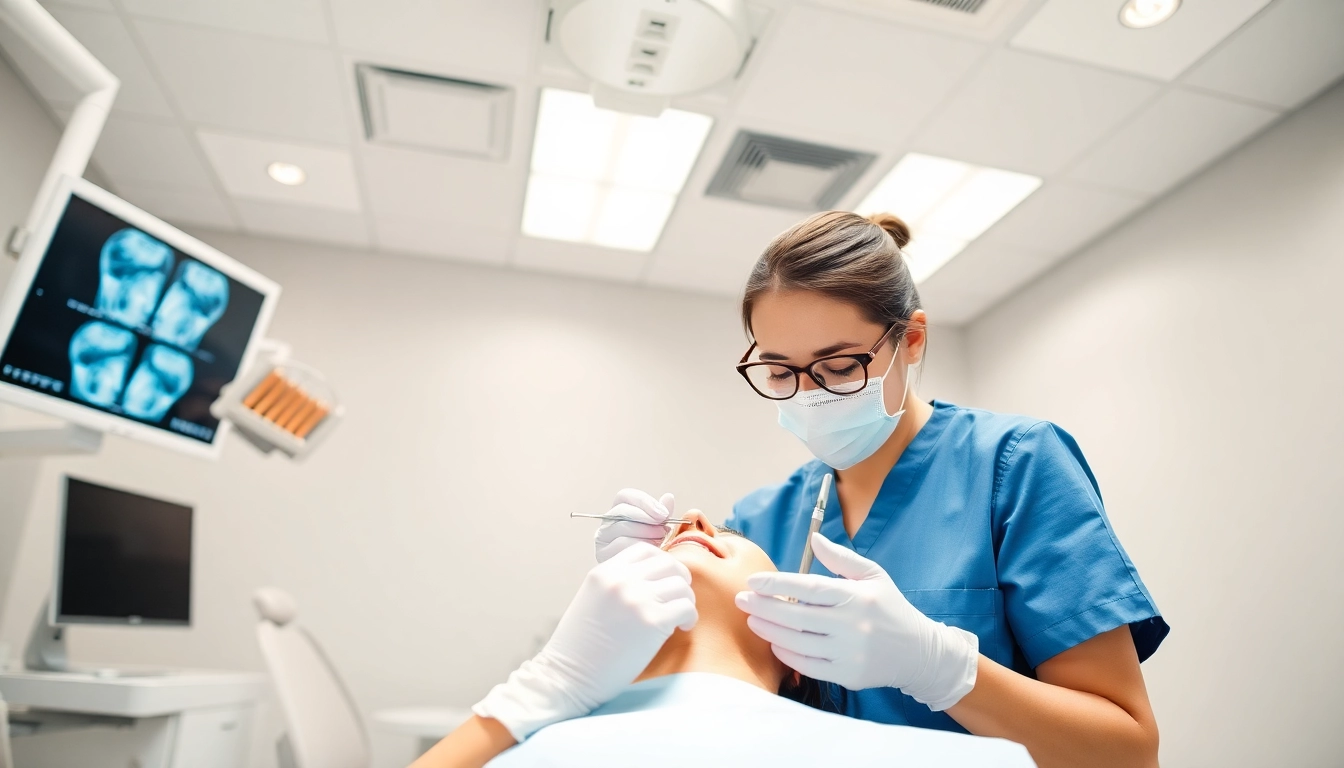1. What is Hygiene? A Comprehensive Overview
Hygiene is a crucial aspect of maintaining health and preventing disease, encapsulating various practices aimed at ensuring cleanliness and health conditions. The importance of hygiene transcends mere physical cleanliness; it embodies a series of practices and principles that contribute to overall health and well-being. To grasp the significance of hygiene in our lives, it helps to explore its definition, key roles, and historical context.
1.1 Defining Hygiene: More than Just Cleanliness
The term hygiene originates from the Greek goddess Hygeia, symbolizing health. Today, hygiene is broadly defined as the conditions or practices conducive to maintaining health and preventing disease, particularly through cleanliness. According to the hygiene framework, this includes personal habits like handwashing, bathing, oral care, as well as environmental cleanliness such as sanitary living conditions.
1.2 The Role of Hygiene in Health Maintenance
Hygiene serves as a first line of defense against numerous health issues, including infections, diseases, and other health complications. Proper hygiene minimizes the risk of pathogen transmission, directly contributing to a healthier population. By fostering both personal and public hygiene practices, communities can drastically reduce disease incidence rates.
1.3 Historical Perspectives on Hygiene Practices
Historically, hygiene practices have evolved significantly. Ancient civilizations, such as the Egyptians and Romans, placed substantial emphasis on cleanliness, equating it with health and well-being. The introduction of public baths and sewers was pioneering for its time, laying the groundwork for modern hygiene standards. The 19th century marked a turning point in hygiene awareness, addressing the relationship between sanitary conditions and health outcomes.
2. The Impact of Personal Hygiene on Overall Health
Personal hygiene extends beyond mere physical cleanliness; it encompasses the practices that contribute to one’s overall health and self-esteem. Understanding the various impacts of maintaining hygiene showcases its importance in daily life.
2.1 Physical Benefits of Maintaining Hygiene
Good personal hygiene significantly reduces the likelihood of infections and diseases. Regular handwashing, for example, can decrease the incidence of respiratory infections and gastrointestinal illnesses. Additionally, maintaining proper oral hygiene can prevent dental caries and gum diseases.
2.2 Mental Health and Hygiene: A Strong Connection
Maintaining personal hygiene fosters not only physical health but also mental well-being. Studies have shown that poor hygiene can lead to feelings of embarrassment and lower self-esteem. Conversely, engaging in regular hygiene practices can boost confidence and improve social interactions.
2.3 Hygiene’s Role in Disease Prevention
One of the primary roles of hygiene is disease prevention. This includes practices such as adequate handwashing, regular bathing, and maintaining clean living spaces, which collectively help to prevent the spread of pathogens. During outbreaks of diseases like COVID-19, hygiene practices play a critical role in mitigating transmission.
3. Best Practices for Personal Hygiene
To foster the best hygiene habits, it’s important to establish daily routines and embrace products that support cleanliness. Below are key practices to incorporate into your life.
3.1 Daily Habits: Routine Hygiene Practices
Establishing a daily hygiene routine is essential. Activities such as brushing teeth twice daily, showering regularly, and washing hands frequently, especially after using the restroom and before meals, are fundamental practices. Personal grooming, including nail care and hair hygiene, also falls into this category.
3.2 Hygiene Products: Choosing the Right Items
Choosing the right hygiene products enhances cleanliness. This includes selecting suitable soaps, shampoos, and oral care products that cater to individual skin types and needs. Additionally, using antibacterial hand sanitizers and disinfectants can aid in maintaining a germ-free environment.
3.3 Common Mistakes to Avoid in Hygiene
While striving for good hygiene, it’s critical to avoid common mistakes such as neglecting certain areas (like the spaces between fingers during handwashing) or using expired products. Over-washing can also lead to skin irritation, so it’s essential to find a balanced, effective routine.
4. Hygiene in Professional Settings
Maintaining high hygiene standards in professional environments is essential for employee health and safety, particularly in sectors such as healthcare and food service.
4.1 Hygiene Standards in Healthcare Facilities
Healthcare facilities have stringent hygiene standards to prevent infections and safeguard patient health. Practices such as sterilization of medical instruments, hand hygiene protocols, and the use of personal protective equipment are fundamental to patient care.
4.2 Importance of Hygiene Training for Professionals
Providing hygiene training for professionals is crucial in ensuring adherence to hygiene protocols. Regular training enhances awareness of best practices, improving overall compliance, which ultimately protects both staff and patients.
4.3 Hygiene and Patient Safety: Best Practices
Implementing best practices for hygiene enhances patient safety in healthcare settings. Regular audits of cleanliness, compliance checks, and feedback mechanisms can help sustain high hygiene standards, ensuring patient trust and safety.
5. Promoting Hygiene in the Community
Community-driven initiatives focused on hygiene can significantly influence public health outcomes. Addressing hygiene collectively fosters a culture of health awareness.
5.1 Community Initiatives for Hygiene Awareness
Community education initiatives focusing on the importance of hygiene can drive behavior change. Schools, local organizations, and healthcare providers can collaborate to promote public hygiene campaigns, offering workshops and resources.
5.2 Educational Resources for Better Hygiene
Leveraging educational resources, including pamphlets, online content, and local seminars, can enhance community awareness about hygiene issues. Schools can incorporate hygiene education into their curricula to instill good habits in young people.
5.3 Measuring the Impact of Hygiene Campaigns
Evaluating the success of hygiene campaigns is essential in understanding their effectiveness. Metrics may include reductions in illness rates, improved hygiene practices, or increased community engagement. Surveys and health data can help gauge changes in public perception and behavior towards hygiene.



